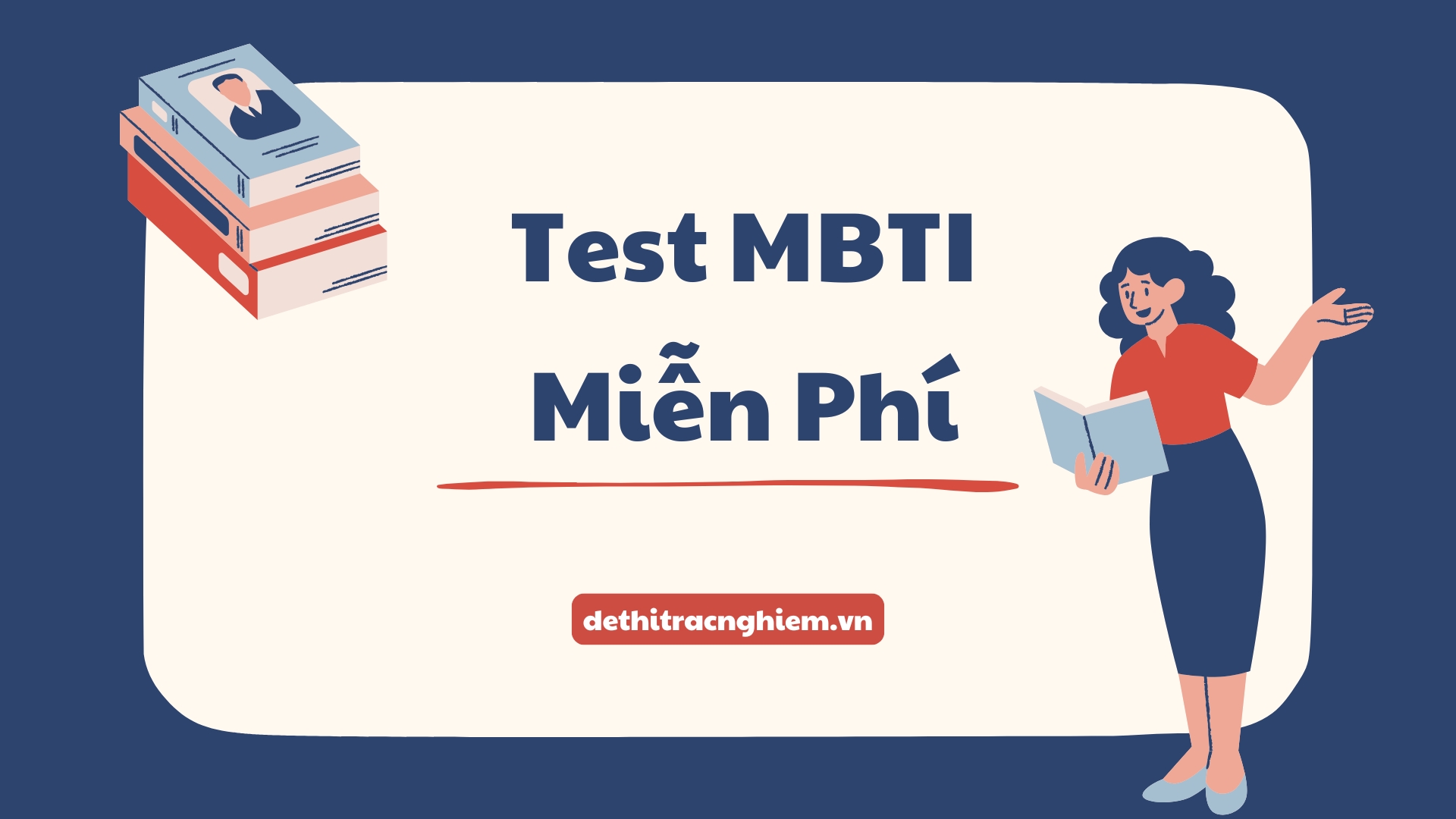Ôn thi trắc nghiệm Tài Chính Quốc Tế bằng tiếng Anh là một trong những nội dung quan trọng thuộc môn Tài Chính Quốc Tế, đặc biệt dành cho sinh viên muốn nâng cao kỹ năng đọc hiểu và vận dụng thuật ngữ chuyên ngành tài chính quốc tế trong ngôn ngữ học thuật. Tài liệu ôn tập bao gồm các câu hỏi trắc nghiệm tiếng Anh về các chủ đề như tỷ giá hối đoái, thị trường ngoại hối, công cụ phái sinh, phương thức thanh toán quốc tế, quản trị rủi ro tài chính và đầu tư quốc tế. Khi tham gia Ôn thi trắc nghiệm Tài Chính Quốc Tế bằng tiếng Anh, người học sẽ rèn luyện khả năng hiểu câu hỏi, phân tích tình huống và giải quyết các bài tập tài chính quốc tế với ngữ cảnh thực tiễn toàn cầu. Đây là tài liệu cần thiết giúp sinh viên tự tin trong các kỳ thi môn Tài Chính Quốc Tế sử dụng tiếng Anh.
Hãy cùng Dethitracnghiem.vn khám phá bài học này và tham gia làm bài kiểm tra ngay bây giờ!
Ôn thi trắc nghiệm Tài Chính Quốc Tế bằng tiếng anh
Question 1: The spot foreign exchange market is where currencies are bought and sold for delivery:
A. On a specified future date.
B. After 30 days from the transaction date.
C. Typically within two business days from the transaction date.
D. Only at the end of each quarter.
Question 2: If the CAD/USD (Canadian Dollar/US Dollar) exchange rate increases from 0.7800 to 0.7850, it means that:
A. The CAD has appreciated relative to the USD.
B. The CAD has depreciated relative to the USD.
C. The USD has appreciated relative to the CAD.
D. Both currencies have depreciated.
Question 3: A Japanese company invests in building a new factory in Vietnam. This transaction will be recorded in Vietnam’s Balance of Payments (BOP) as:
A. A debit in the Current Account.
B. A credit in the Capital and Financial Account (Direct Investment).
C. A credit in the Current Account.
D. A debit in the Capital and Financial Account.
Question 4: According to Purchasing Power Parity (PPP) theory, if inflation in country A is higher than in country B, the currency of country A is expected to:
A. Appreciate relative to the currency of country B.
B. Depreciate relative to the currency of country B.
C. Remain unchanged in value relative to the currency of country B.
D. Fluctuate randomly and unpredictably.
Question 5: An Australian company has a payable of GBP 250,000 to a UK supplier due in 2 months. To hedge against the risk of the GBP appreciating against the AUD, the company should:
A. Buy GBP 2-month forward.
B. Sell GBP 2-month forward.
C. Buy a put option on GBP.
D. Borrow AUD and deposit USD.
Question 6: Which of the following risks relates to the uncertainty about the domestic currency value of a company’s future expected operating cash flows due to unanticipated changes in exchange rates?
A. Transaction exposure.
B. Translation exposure.
C. Economic exposure.
D. Credit risk.
Question 7: A Samurai bond is a bond:
A. Issued by a Japanese company in USD in the European market.
B. Issued by a foreign entity in Japanese Yen (JPY) in the Japanese market.
C. Issued by a Japanese company in JPY in the U.S. market.
D. Issued by the U.S. government in JPY.
Question 8: Special Drawing Rights (SDRs) of the International Monetary Fund (IMF) DO NOT function as:
A. An international reserve asset.
B. A unit of account of the IMF.
C. A currency used for everyday international trade transactions by individuals and businesses.
D. A means for IMF member countries to supplement their official foreign exchange reserves.
Question 9: In which of the following international payment methods does the exporter bear the highest risk if the importer fails to pay after receiving the goods?
A. Letter of Credit.
B. Open Account.
C. Advance Payment.
D. Documents against Payment (D/P).
Question 10: Under the CIF (Cost, Insurance and Freight) Incoterm, the seller is NOT responsible for:
A. Paying the cost of transporting the goods to the named port of destination.
B. Procuring marine insurance for the goods to the port of destination.
C. Clearing the goods for export.
D. Bearing all risks of loss or damage to the goods until they arrive at the port of destination. (Risk transfers at port of shipment).
Question 11: The primary purpose of a multinational corporation (MNC) using “Netting” in its cash management is to:
A. Increase speculation on exchange rate movements.
B. Minimize the number and value of internal fund transfers, thereby reducing transaction costs and related exchange rate risk.
C. Increase the amount of idle cash held by each subsidiary.
D. Solely meet auditing requirements.
Question 12: “Transfer pricing” is a tool that multinational corporations can use to:
A. Only determine the retail price for end consumers.
B. Allocate profits among member units in different countries, potentially for global tax optimization and cash flow management.
C. Only pay external suppliers.
D. Only value the company’s fixed assets.
Question 13: Which international monetary system was based on the principle of an “adjustable peg” with the U.S. Dollar at its center?
A. The classical gold standard.
B. The Bretton Woods system.
C. The initial European Monetary System (EMS).
D. A pure floating exchange rate regime.
Question 14: According to Uncovered Interest Rate Parity (UIRP), if the interest rate in country A (currency A) is higher than in country B (currency B), currency A is expected to:
A. Depreciate relative to currency B.
B. Appreciate relative to currency B.
C. Maintain a stable value.
D. Fluctuate unpredictably.
Question 15: The “Impossible Trinity” in international economics states that a country cannot simultaneously maintain all three of which of the following?
A. A fixed exchange rate, an independent monetary policy, and free international capital mobility.
B. Low inflation, low unemployment, and high economic growth.
C. A trade surplus, low public debt, and abundant foreign exchange reserves.
D. An efficient stock market, a stable banking system, and no capital controls.
Question 16: A company buys a Put option on the Euro (EUR) with an exercise price of USD 1.1500/EUR. The company will profit from exercising this option (excluding the premium paid) if the spot exchange rate in the market is:
A. USD 1.1550/EUR.
B. USD 1.1450/EUR.
C. USD 1.1500/EUR.
D. USD 1.1600/EUR.
Question 17: Foreign Direct Investment (FDI) is typically undertaken with the objective of:
A. Only earning short-term financial returns.
B. Participating in the management, operation, and control of a business enterprise in a foreign country.
C. Only diversifying an investment portfolio.
D. Only avoiding domestic taxes.
Question 18: The collapse of the Bretton Woods system in the early 1970s led to a more widespread adoption of which exchange rate regime?
A. The gold standard.
B. Floating exchange rate regimes (including managed floats).
C. Currency board arrangements.
D. Rigidly fixed exchange rate regimes.
Question 19: In an international payment by Letter of Credit (L/C), which bank is responsible for examining the documents presented by the exporter and making payment if the documents comply with the L/C terms?
A. The Issuing Bank or the Confirming Bank (if any).
B. Only the Advising Bank.
C. Only the Collecting Bank.
D. The Applicant’s (Importer’s) Bank only when requested.
Question 20: Which of the following Incoterms requires the seller to bear all costs (including import duties) and risks to deliver the goods to a named place in the buyer’s country?
A. EXW (Ex Works).
B. FOB (Free On Board).
C. CIF (Cost, Insurance and Freight).
D. DDP (Delivered Duty Paid).
Question 21: When a multinational corporation (MNC) evaluates a foreign investment project, adjusting the discount rate for country risk is necessary because:
A. Inflation rates differ across countries.
B. Factors such as political instability, capital controls, or the risk of expropriation can significantly affect the project’s cash flows.
C. Labor costs differ across countries.
D. Accounting regulations differ across countries.
Question 22: “Arbitrage” in the foreign exchange market is an activity aimed at profiting from:
A. Correctly predicting long-term exchange rate trends.
B. Small differences in the price of the same currency in different markets or between currency pairs to earn a nearly risk-free profit.
C. Random and unpredictable price fluctuations.
D. Inside information about monetary policy decisions.
Question 23: Which of the following international credit markets typically involves banks accepting deposits and making loans in currencies outside the country of issue of those currencies?
A. The Eurocurrency market.
B. The domestic government bond market.
C. The primary equity market.
D. The real estate mortgage market.
Question 24: A “leading” policy in receiving foreign currency RECEIVABLES is adopted by a multinational corporation when:
A. It expects the foreign currency to depreciate (collecting early to avoid a lower rate).
B. It expects the foreign currency to appreciate.
C. Domestic interest rates are very low.
D. The company has a large amount of idle cash.
Question 25: UCP (Uniform Customs and Practice for Documentary Credits) is a set of rules issued by the International Chamber of Commerce (ICC) to:
A. Regulate standard delivery terms.
B. Create a uniform set of rules and practices for Documentary Credit transactions, helping to minimize disputes and enhance trust.
C. Regulate the activities of international financial markets.
D. Establish international standards for product quality.
Question 26: Economic exposure for a multinational corporation does NOT include the effect of exchange rate fluctuations on:
A. Expected future sales volume.
B. Expected future product prices.
C. Expected future input costs.
D. The book value of fixed assets abroad when consolidating financial statements (this is translation exposure).
Question 27: According to Dunning’s O-L-I model, “Internalization advantage” explains why a company chooses to undertake Foreign Direct Investment (FDI) instead of:
A. Only exporting its products.
B. Licensing its technology to a foreign partner.
C. Entering into a contract manufacturing agreement with a foreign producer.
D. All of the above. (FDI is chosen when the benefits of controlling foreign operations outweigh the costs compared to other modes).
Question 28: A “contagion” financial crisis can be defined as:
A. A simultaneous decline of all stock markets worldwide.
B. The spread of financial shocks or instability from one country or group of countries to others, often through financial linkages or market sentiment.
C. A simultaneous increase in interest rates by central banks.
D. A mass bankruptcy of small and medium-sized enterprises.
Question 29: Forfaiting is a trade finance method in which the exporter sells its medium to long-term receivables (often guaranteed) to a forfaiter and receives immediate cash on a:
A. Full recourse basis if the buyer defaults.
B. Non-recourse basis to the exporter.
C. Limited partial recourse basis.
D. Basis dependent on the type of goods exported.
Question 30: The primary objective of multinational corporations (MNCs) carefully establishing “Transfer pricing” policies is:
A. Only to maximize the profits of each individual subsidiary.
B. To maximize the after-tax profits of the entire group, comply with tax and customs laws, and evaluate the performance of units.
C. Only to minimize production costs in foreign subsidiaries.
D. Only to simplify accounting and financial reporting.




